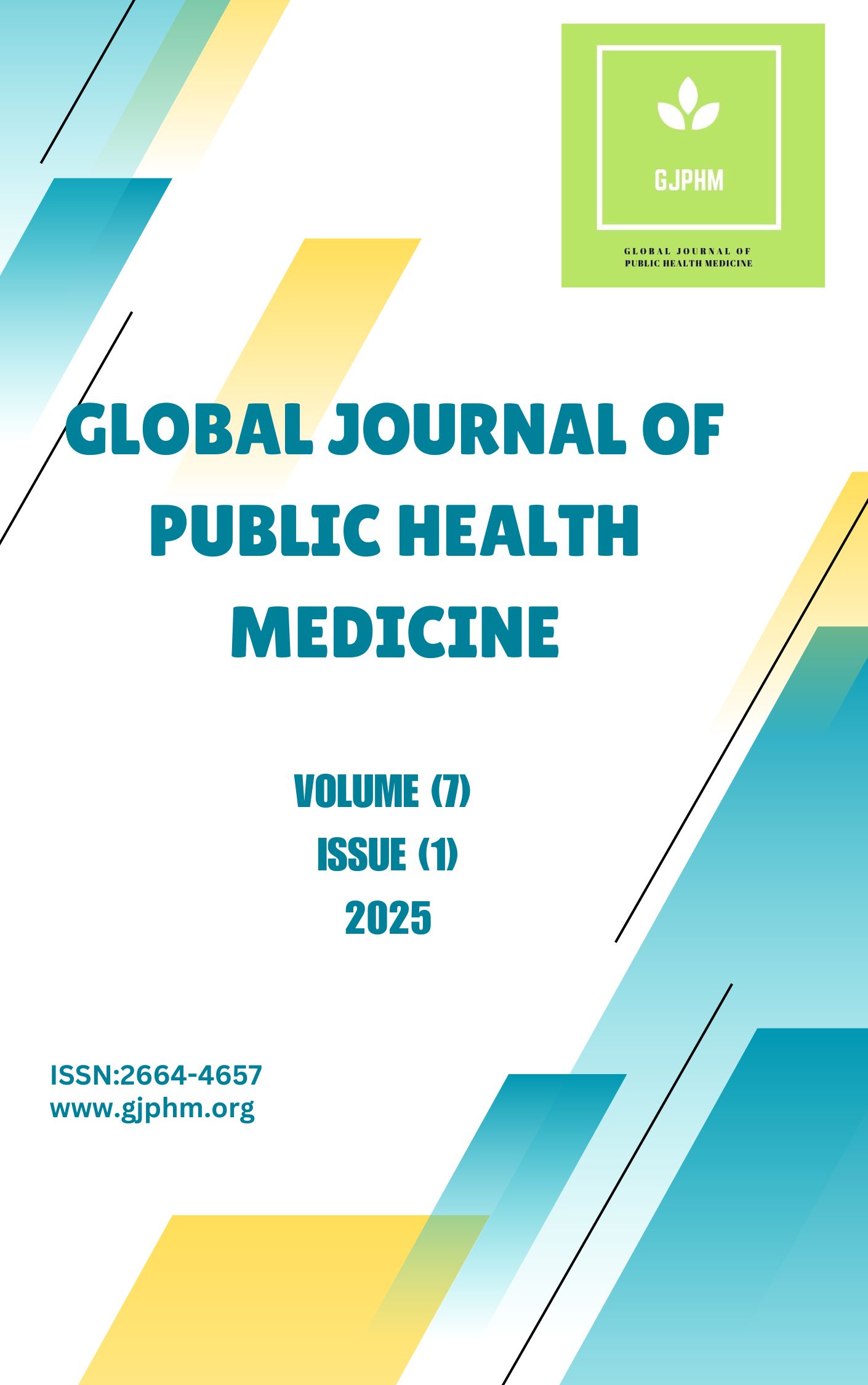A STUDY TO ASSESS THE DISTRIBUTION OF SUSPECTED ADVERSE EVENTS FOLLOWING IMMUNISATION REPORTED IN A METROPOLITAN CITY IN INDIA
DOI:
https://doi.org/10.37557/gjphm.v7i1.282Keywords:
AEFI,, Vaccine,, Reporting, IndiaAbstract
Introduction: Adverse Events Following Immunization (AEFI) may be considered as major setback to
our immunization efforts and can hinder the optimum utilization of the services provided. Around 14%
of parents with a past history of facing a suspected AEFI in any of their children are hesitant to accept
future immunizations. Our study aims to understand the distribution pattern of suspected AEFI cases
during January 2017 and June 2018. Methods: We conducted a cross-sectional observational record-
based study in a Metropolitan city in Maharashtra wherein all AEFI reporting forms namely Case
Reporting Form (CRF), Preliminary Case Investigation Form (PCIF), and Final Case Investigation Form
(FCIF) containing pertinent data on all AEFI cases that occurred from January 2017 to June 2018 were
analyzed using Microsoft Excel 2013 and represented using tables and graphs. Results: The AEFI
reporting rate was calculated as 5.8 per 100000 doses administered per year. The total number of AEFIs
reported in the year 2017 and 2018 (up to June) were 71 and 58 respectively. 51.16% of the reported
AEFIs were febrile seizures, 19.38 % were severe local reactions in the form of abscesses, and 9.3% were
afebrile seizures. Twelve deaths were reported during the study period. Injectable Polio Vaccine (IPV)
showed the highest rate of antigen-specific AEFI (13.2/100000 doses administered) while measles
vaccine showed the lowest rate (2.7/100000 doses administered). Conclusion: Analyzing the distribution
of suspected AEFI cases can aid in identifying causal links to known risk factors, inform the development
of preventive measures, and enhance immunization coverage.
Downloads
Downloads
Published
Issue
Section
License
Copyright (c) 2025 Sophie Simon, Shalini Rawat, Rohan Sangam, G D Velhal

This work is licensed under a Creative Commons Attribution-NonCommercial 4.0 International License.
The authors retain Full copyright of their published article










